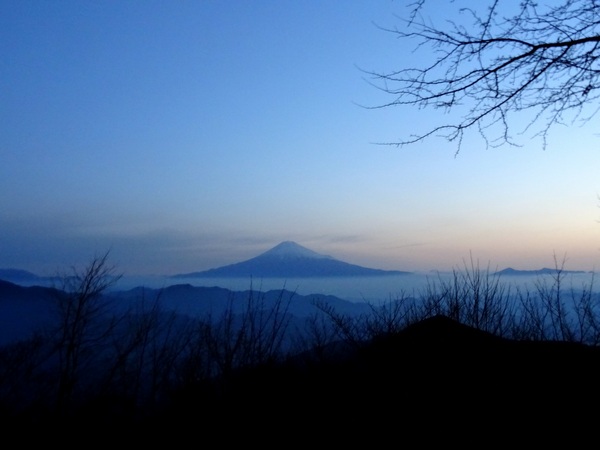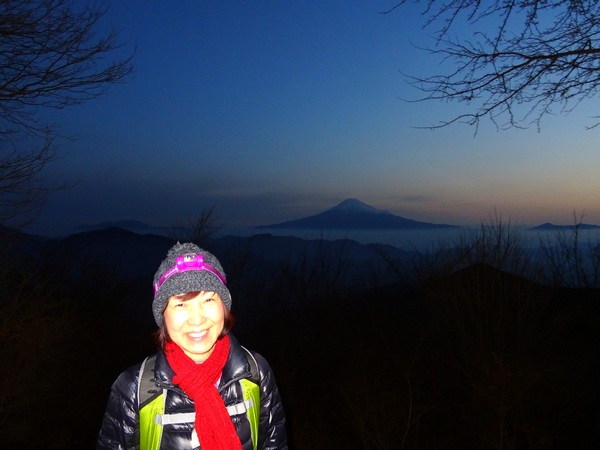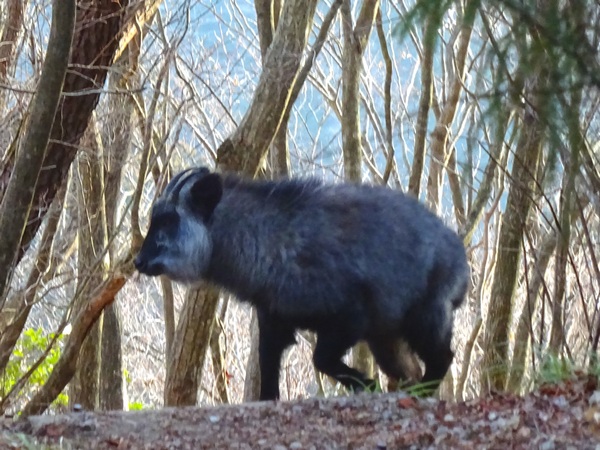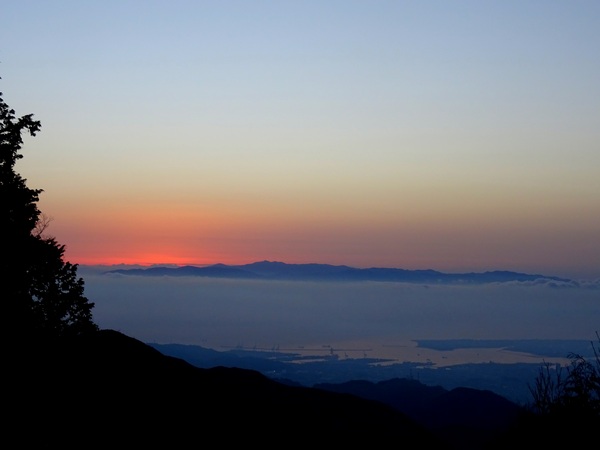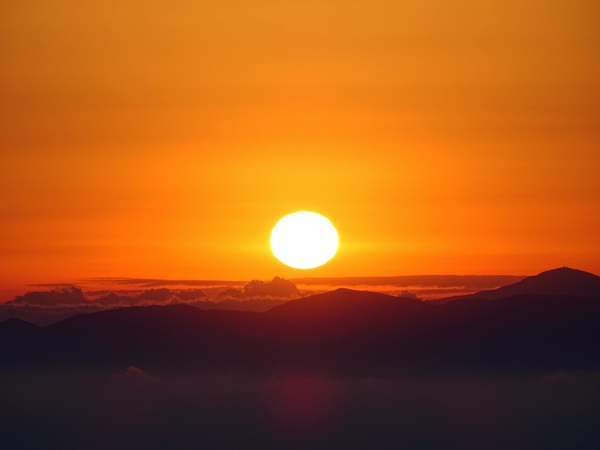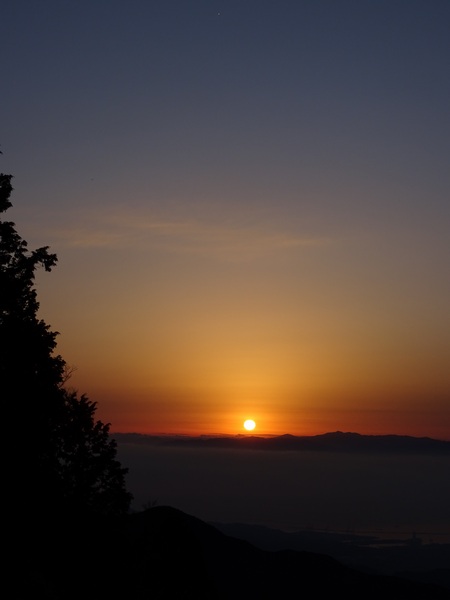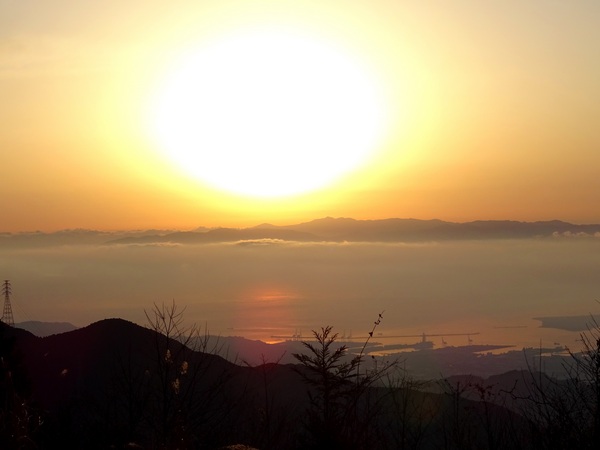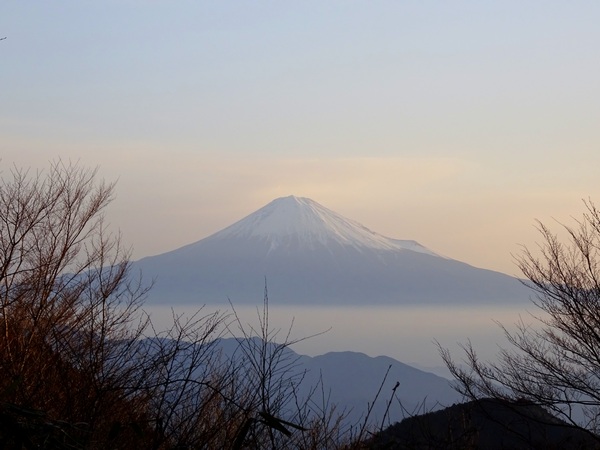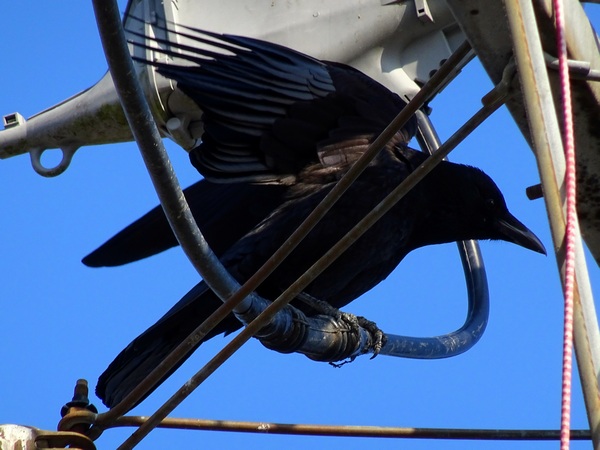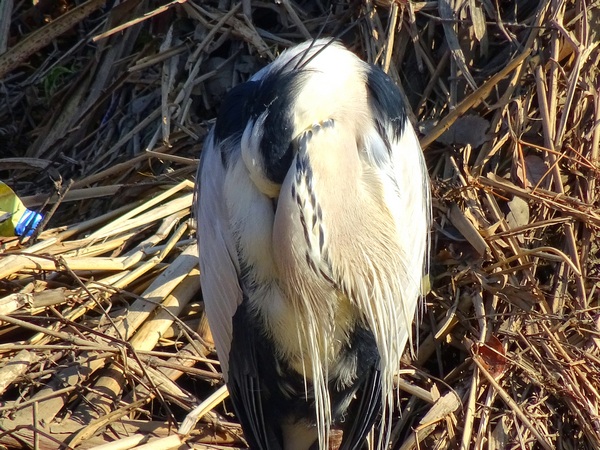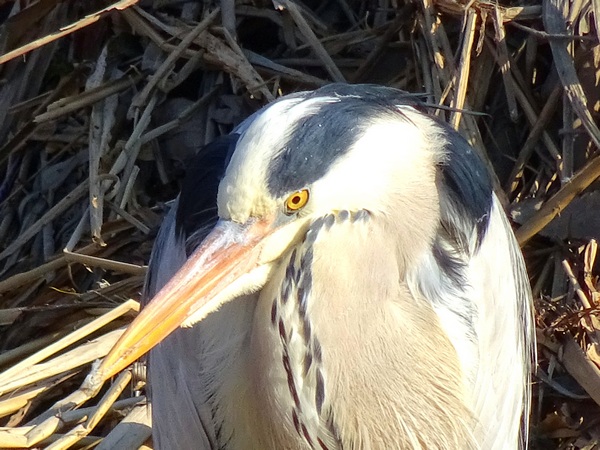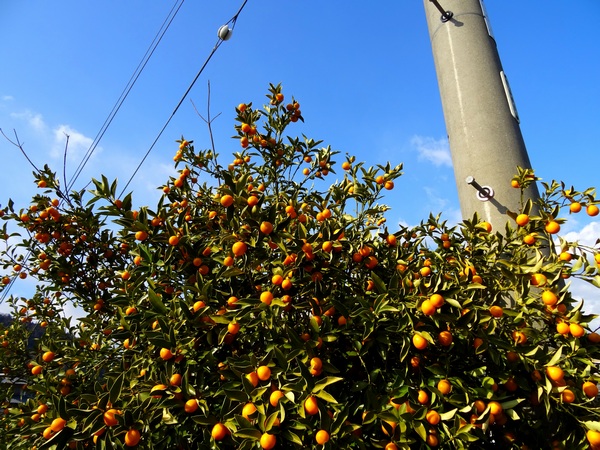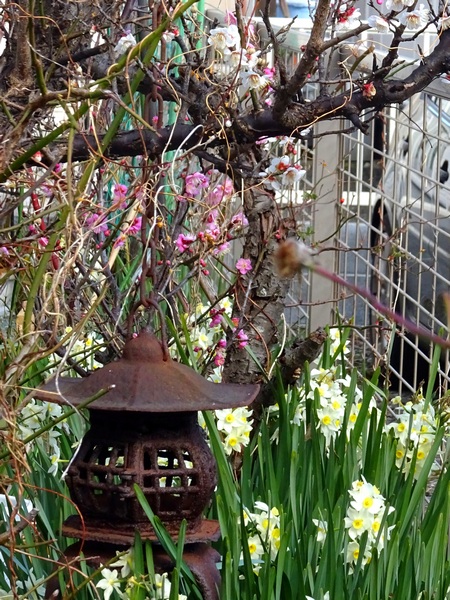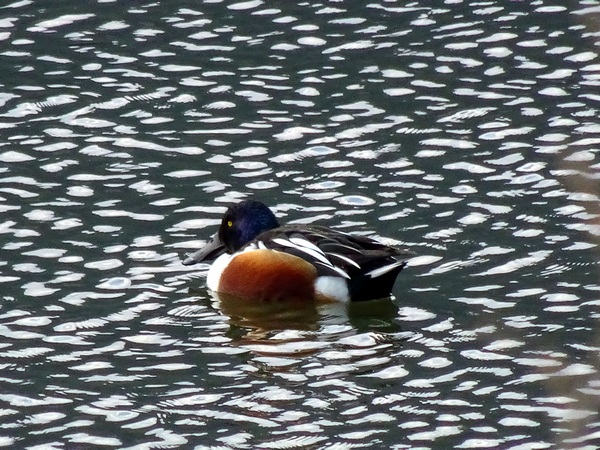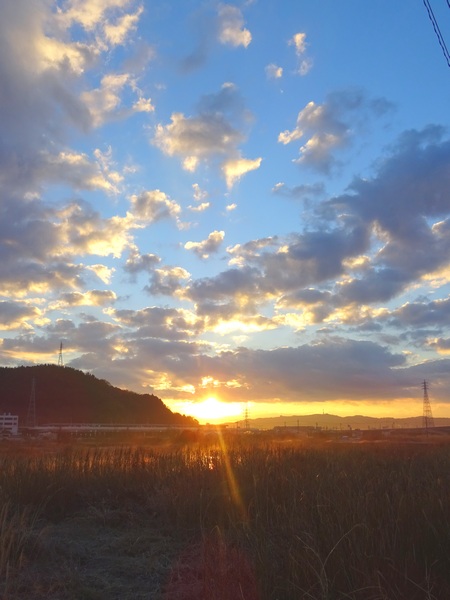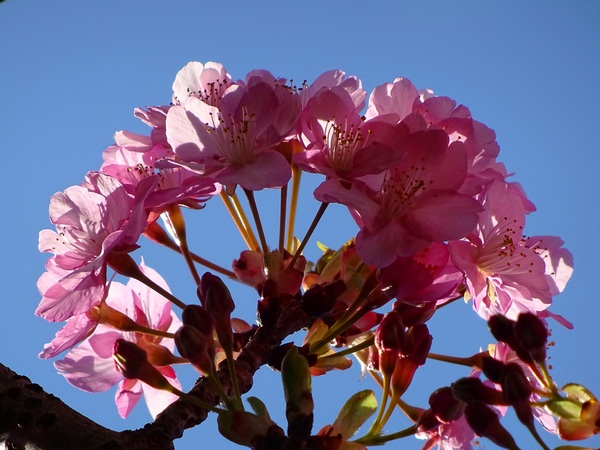
A bouquet for you! . . . From the cherry trees that dot the ridge of Shizuhata Mountain.
Blind spots can absolutely amaze. I’d lived in Shizuoka for more than fifteen years, been actively hiking for last three or so—and had never walked the Shizuhata ridge.
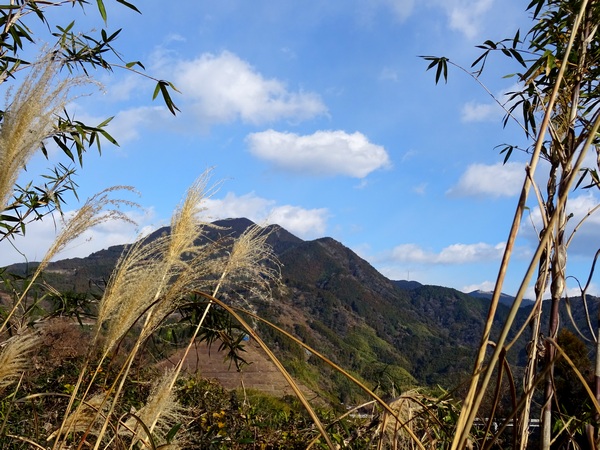
It isn’t hard to find. Starts right downtown, out the back of Sengen Shrine, and goes about 8 kilometers to Sakura Pass and the Kujira (“whale”) Pond. If you go up the other side of the Sakura Pass, you’ll eventually get to the top of Ryuso. The walk from the Sakura Pass to my house is maybe two more kilometers.
With a group hike planned for early March, I thought I should give it a go by myself, to see how much up-and-down there was. . . .
That’s a funny thing to say: if you’re anywhere in town, you can look over your shoulder and see the ridge, you can see how far it is to the pass, you can see the up-and-down.
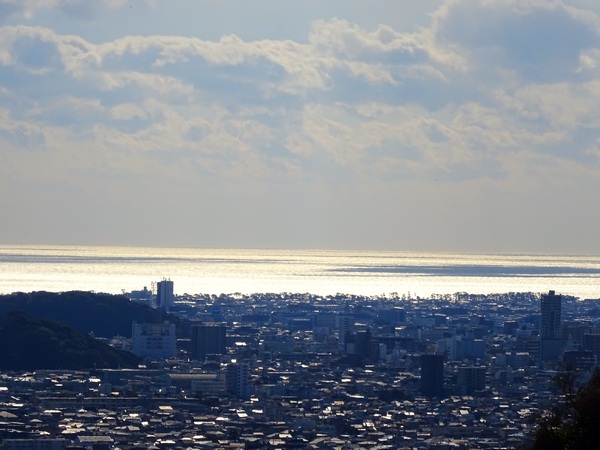
I walked from my house (near the Sakura Pass) downtown—just one way—on January 24th, by myself. On February 23rd, I did it again, this time a round-trip, with a fellow Hearty Hiker.
Times and such. On February 23rd, walking into town, we stopped to take a lot to take pictures—and also stopped a lot to watch the birds, especially the kites. Kites don’t say poo-tee-weet. They say piiii-pyo-ro-ro-ro-ro. They’ve got keen eyes. They circle high, say piiiii-pyo-ro-ro-ro-ro, and use their keen eyes to search out tasty morsels in the woods, citrus groves, bamboo thickets, and tea fields that blanket the Shizuhata ridge.
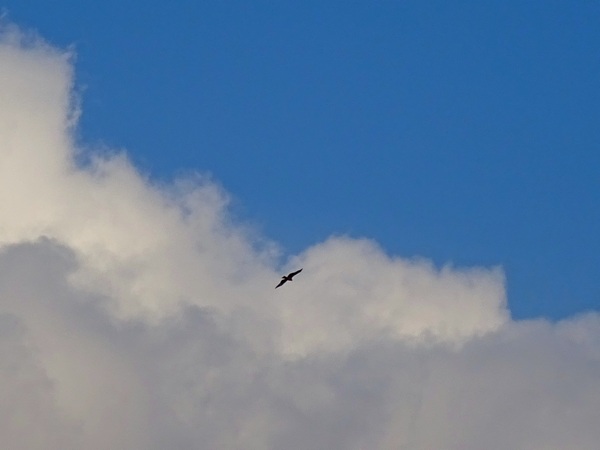
Yep, that’s what you’ll walk through when you walk the ridge. Throw in views of the skyline of our beloved “The Big Mikan,” and good views of Fuji-kun, Suruga Bay, Izu Peninsula, and you might feel you can see everything in Shizuoka.
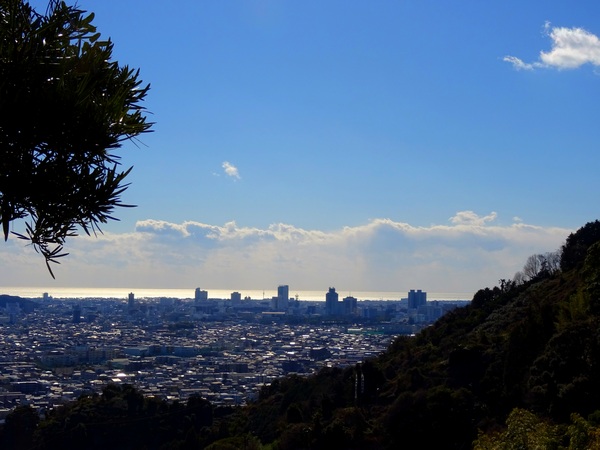
Okay, okay, the times and such. Slow pace (taking pictures, watching the kites) from my house: House = 8:50, Sakura Pass trailhead = 9:15, Fukunari Shrine = 9:50, Sengen Shrine = 12:50. A faster pace, after lunch, going back, though there’s a bit more climbing up going back: Sengen Shrine departure = 13:20, Ippon-no-sugi = 14:15, Fukunari Shrine = 15:30, Sakura Pass trailhead = 16:00, House = 16:35.
The kites prove that keen eyes are necessary to make the most of a hike along the ridge.
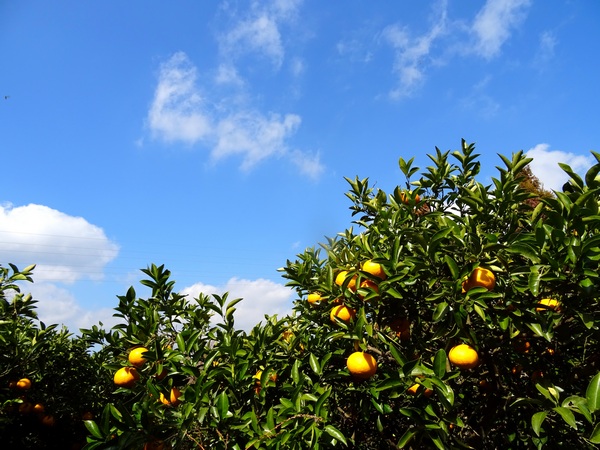
But you don’t need keen eyes to see the blue sky, to take joy in the way the various oranges shine under it.

And you don’t need keen eyes to enjoy the plum blossoms . . .

. . . or the cherry blossoms either.
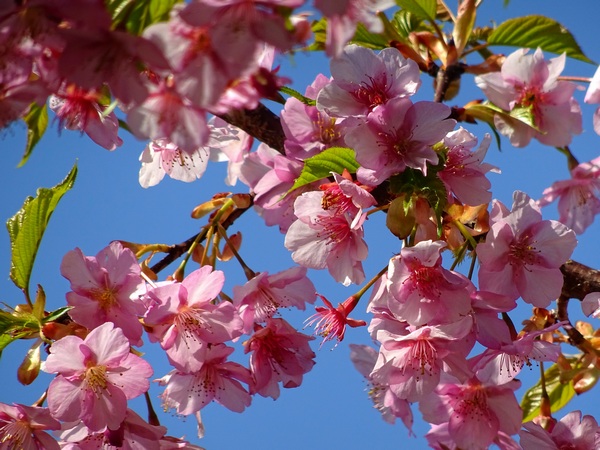
You’d have to be blind not to see them.
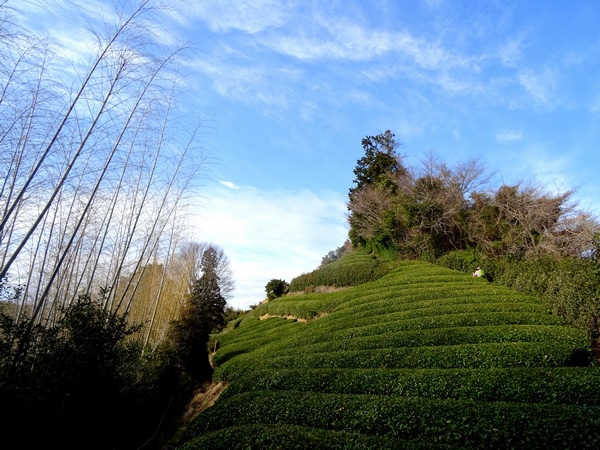
Nope, you can’t miss the tea fields, either. Parts of the trail will have your hips brushing the leaves of the bushes. Most likely you’ll see how the fields form a ladder to the sky. Go ahead. Climb on every rung.
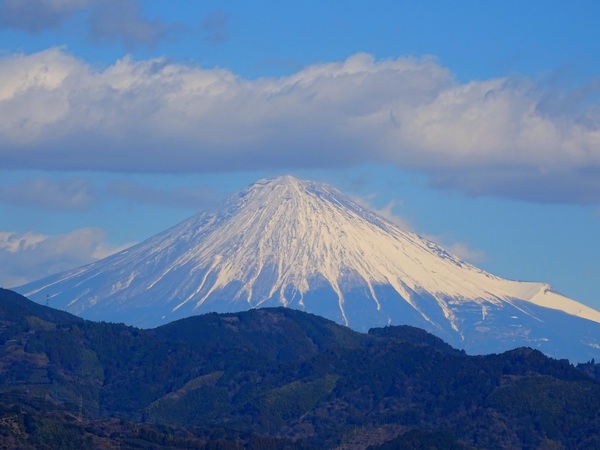
You could miss Fuji-kun, especially on a hazy day, or a day on which the clouds are shifting a lot, if you don’t think to look up from the trail and peer off in the right direction.
Little plots of vegetables are everywhere, and signs warn that wild boars abound, but the only fierce beast we came across was this lion.
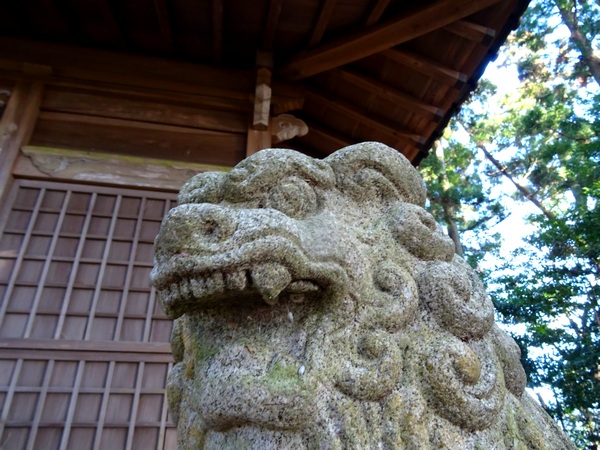
The ridge, however, possesses an artistic spirit and an extraordinary life force that you may not see without keen eyes. Keen, focused eyes.
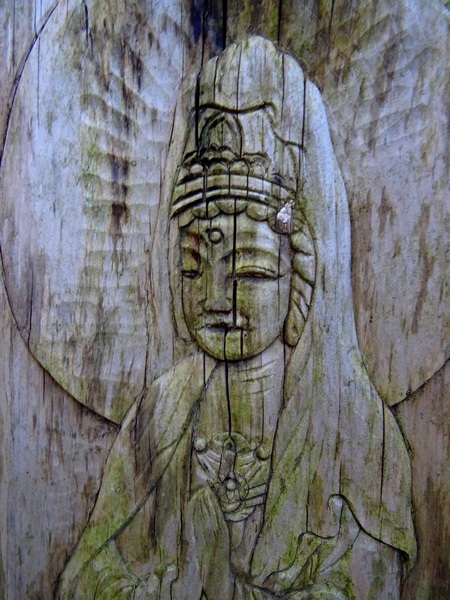
Wood sculptures, big and small, dot the course.
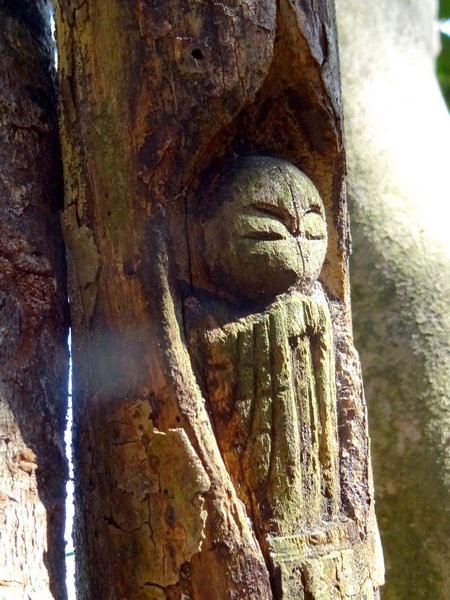
Look for them.
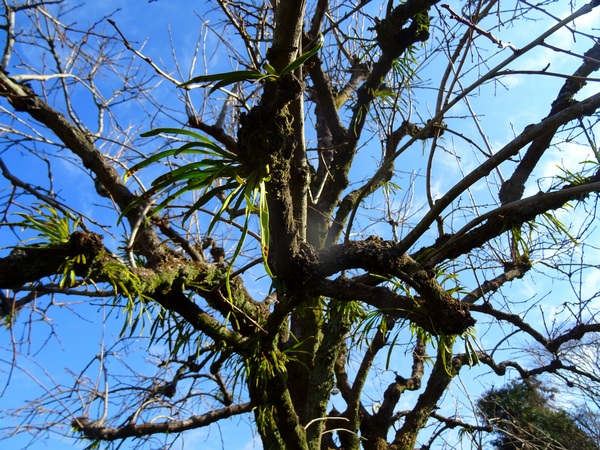
And faces pop out from trees when the light hits them just right.

Sometimes the trees themselves seem to express a force of mobility that isn’t often recognized. For some reason, this guy got worked up, and jammed his own fingers into the hard dirt off to his right, and got them stuck. When you go by, see if he’s gotten them unstuck. Or if he’s maybe decided to “stand” on that hand.
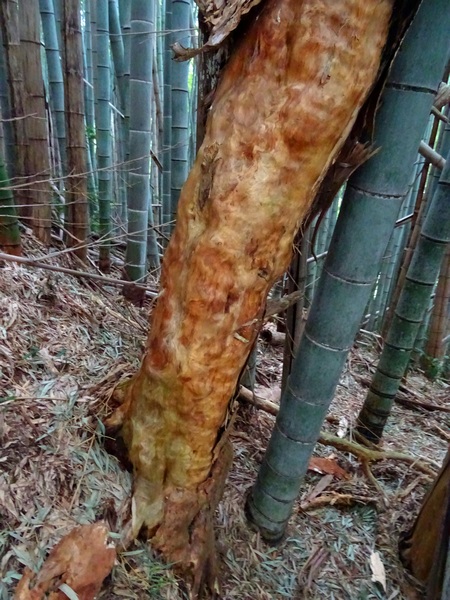
And this tree may seem to be a pitiful sort of guy at first glance—battered and lumpy, barkless, his better days behind him, out of place among the bamboo—but actually, he’s quite the painter, and doing quite well, as a closer look reveals.
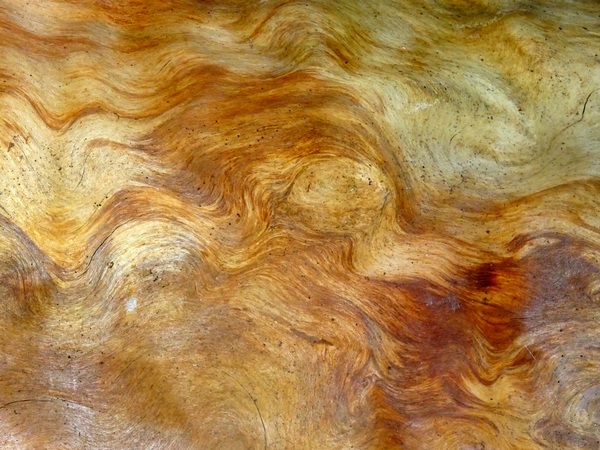
I took the liberty of naming this canvas “Ophelia in the Stream at Sunrise,” but when you come across it, you can name it what you like.
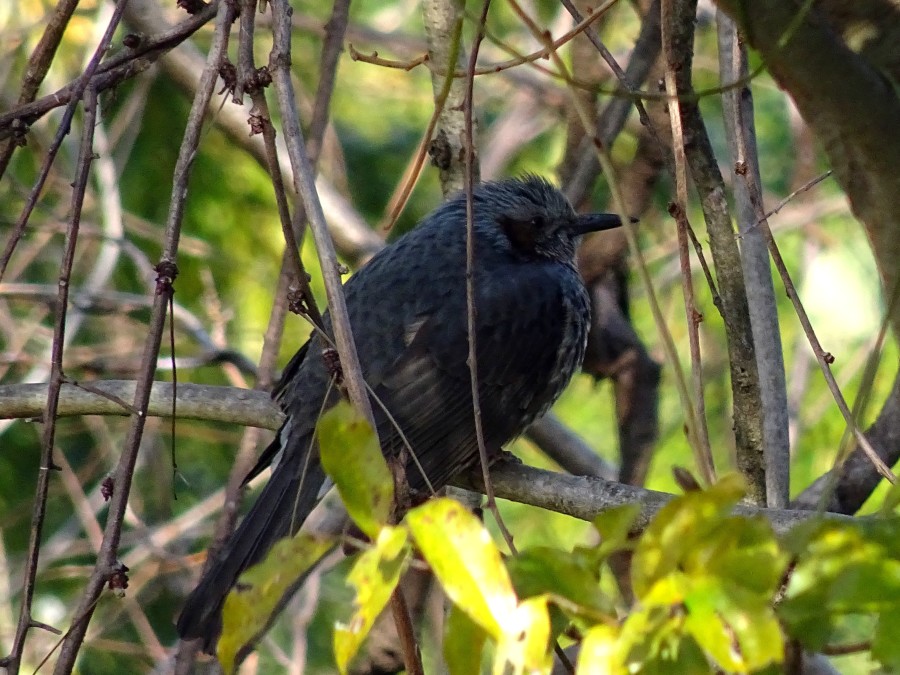
If you’ve got the time, stop and watch the birds. See how they go about their day. Listen to their chatter.
I remember that when I was a little boy pigeons were often hated, mainly because they pooped in places where poop was not appreciated. Here, though, they’ve got the whole mountain at their disposal. Their pooping probably won’t bother you. (Probably.) And once you’re past that issue (after all, even the camels that carried the wise men to see the baby Jesus stopped to poop once in a while), you can look into their eyes and see their personalities, see their moods.
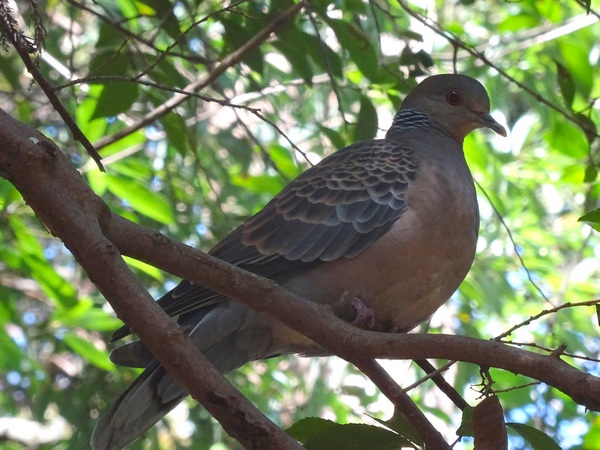
Sometimes they seem at peace with things.
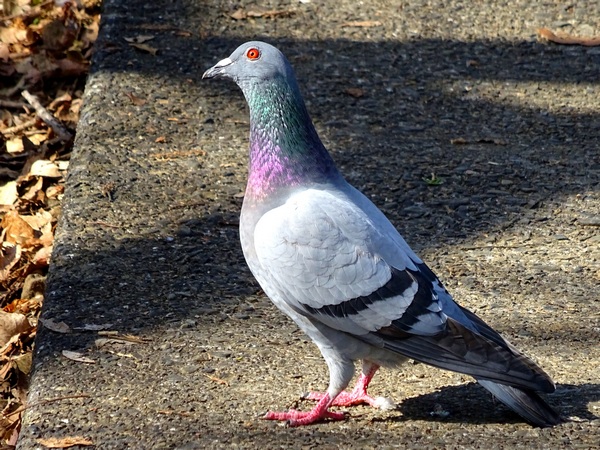 Sometimes they seem to have a chip on their shoulders—want to know what you’re looking at.
Sometimes they seem to have a chip on their shoulders—want to know what you’re looking at.
Imagine that.
Sign speaks for itself. No one likes bombs dropped on their home.
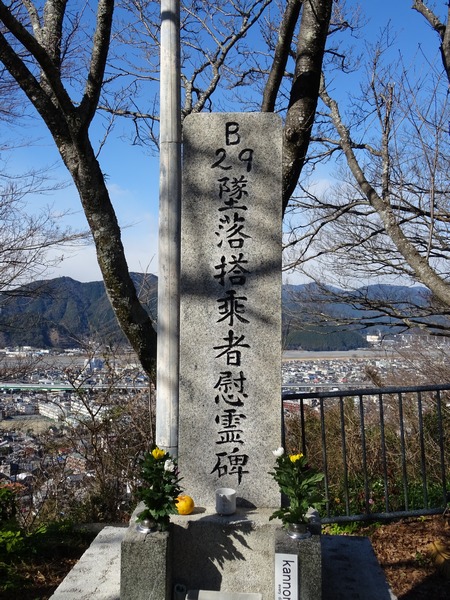
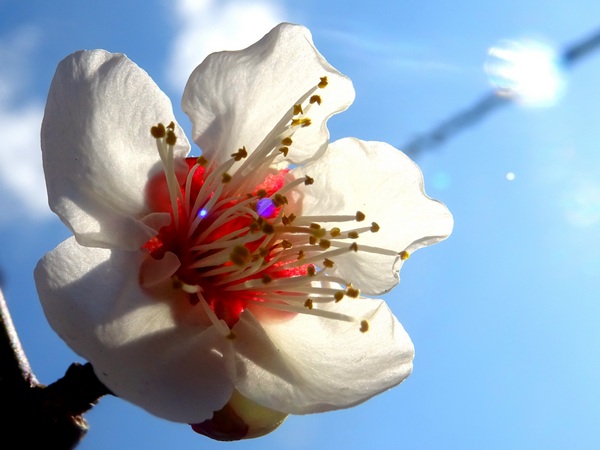
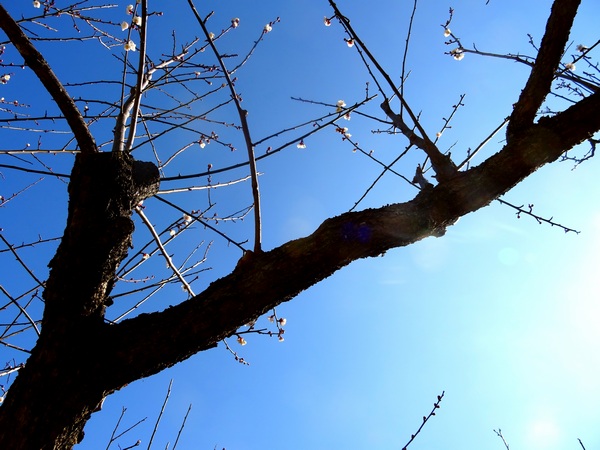
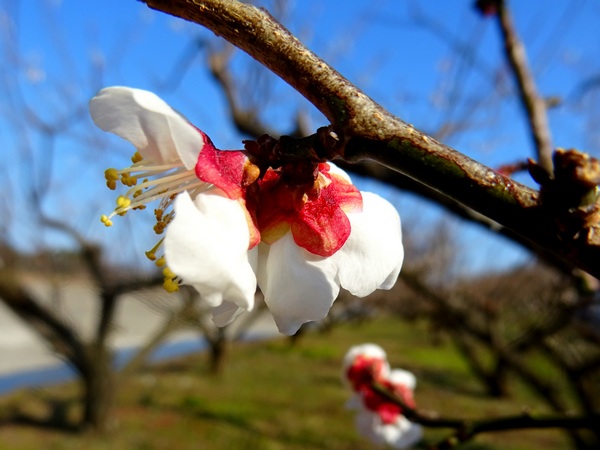
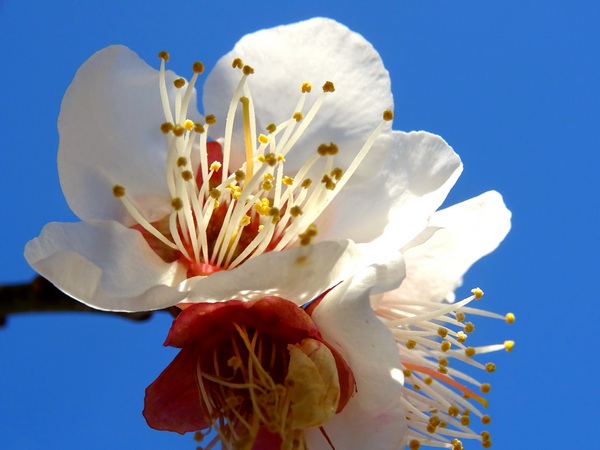
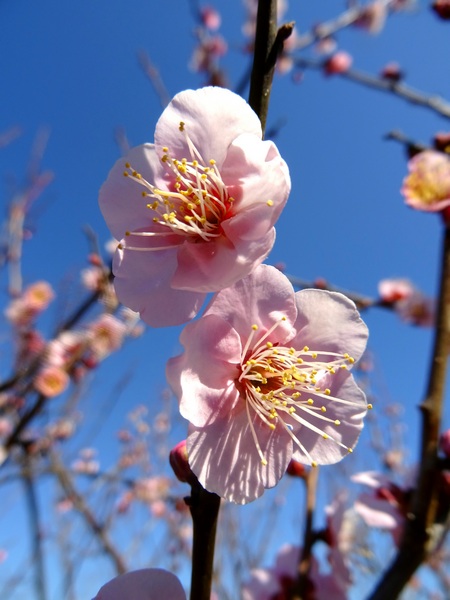
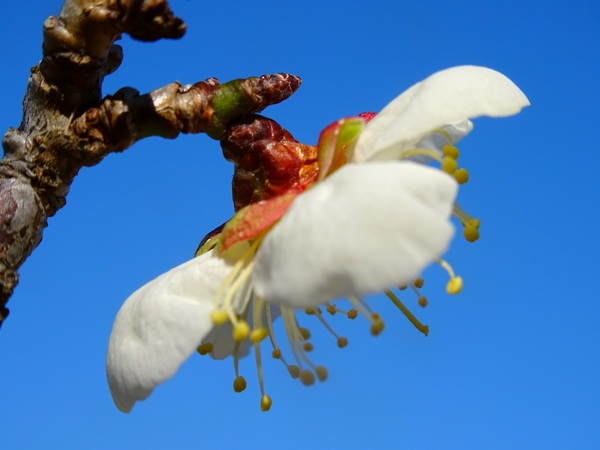
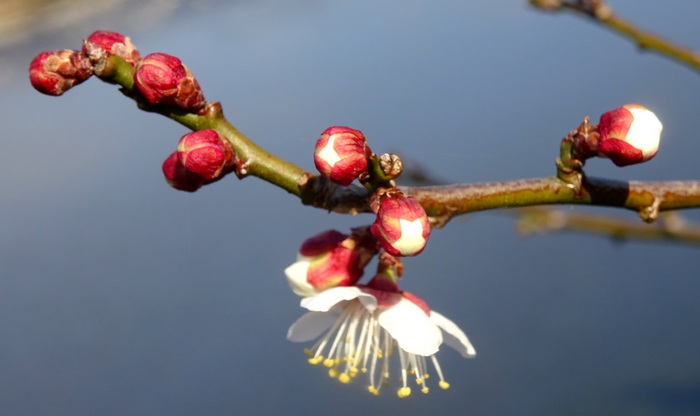
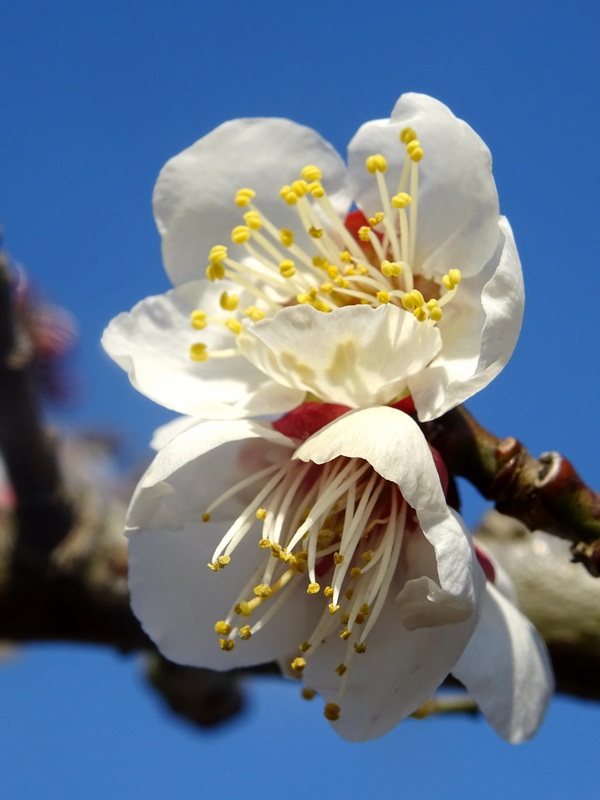
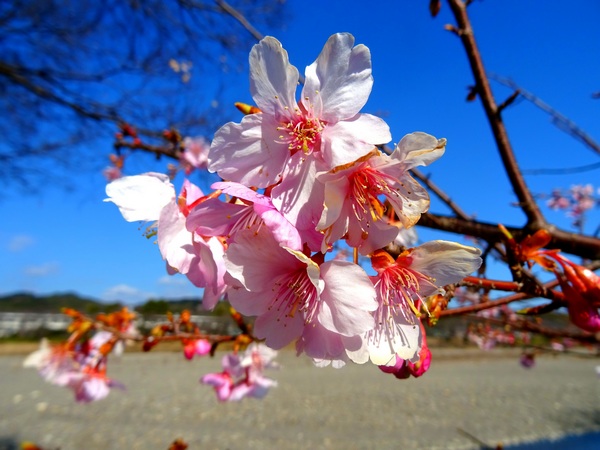
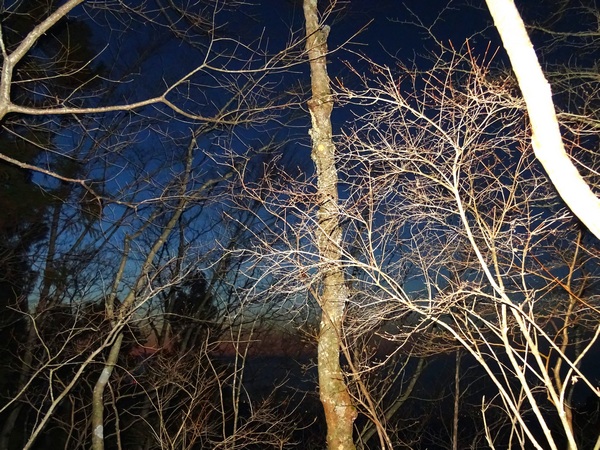
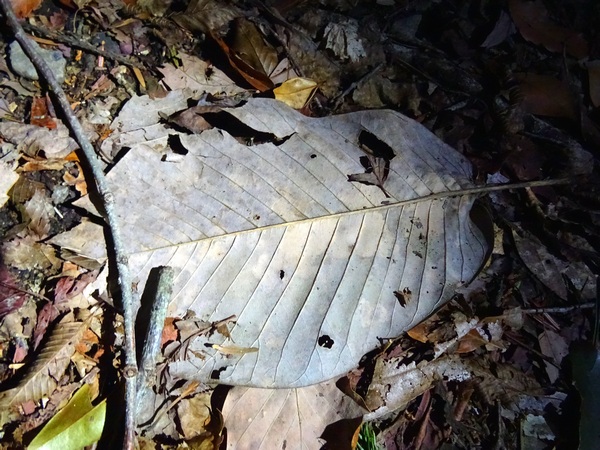
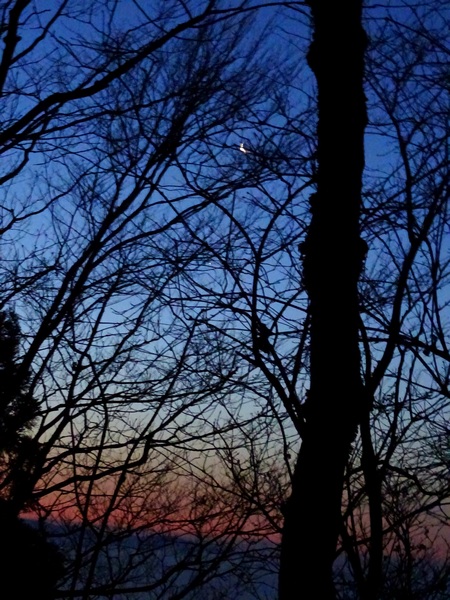
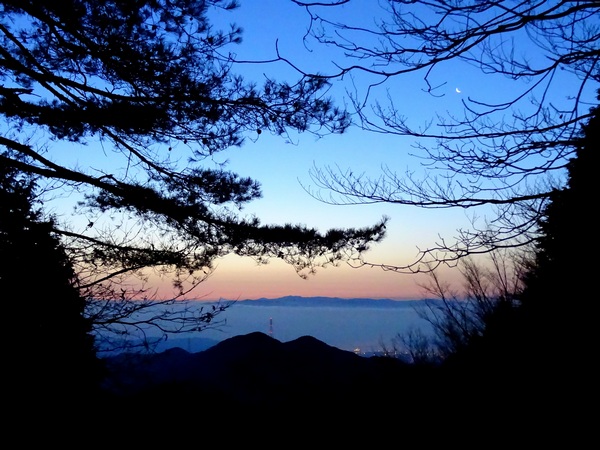 . . . and the horizon goes all rosy (at least on this day with a bit of low cloud cover). And then you jig-jag through the cedars, come to where you can see out off your right shoulder, and low and behold . . .
. . . and the horizon goes all rosy (at least on this day with a bit of low cloud cover). And then you jig-jag through the cedars, come to where you can see out off your right shoulder, and low and behold . . . 